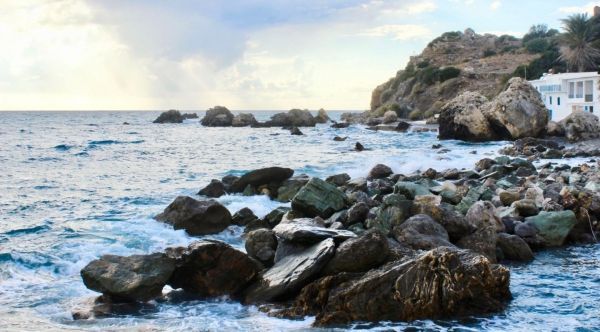Refined techniques for laser imaging of shell growth rings are tapping into previously hidden data of marine climate change. By examining human and ecological responses to those changes, we learn more about what to expect from climate change in the future.
An international team has developed newly refined techniques for obtaining past climate data from mollusc shells. Mollusc shells are abundant in archaeological sites spanning the last 160,000 years. Using laser imaging, researchers have now found new ways of reconstructing how climate changed during a mollusc’s lifetime, down to the seasonal level. Their technique makes it cheaper and faster to analyse these shells, opening the door to accurately map past climate in coastal areas all over the world.
Shellfish played a significant role in the diet of prehistoric coastal populations, providing valuable nutrients. They are a common find in archaeological sites all over the world, usually in huge numbers, and researchers have long explored how they could be used to make inferences about the environments that humans experienced at those locations in the past. However, although techniques were developed to infer valuable climate-related information from shells, it was previously too expensive to analyse them on a scale beyond individual and isolated records. The current study, published in Scientific Reports, was conducted by an international team of researchers, led by the Institute of Electronic Structure and Laser (Heraklion, Greece) and the School of Geography (Melbourne, Australia) and including researchers from the Max Planck Institute for the Science of Human History. It presents a technique to use rapid laser imaging to increase the number of analysed shell records to previously unknown scales, and thereby greatly expand the time periods and accuracy of the reconstructed records.
Read more at Max Planck Institute for the Science of Human History
Image: Agia Fotini, Crete, Greece, where some of the fieldwork was carried out. (Credit: Niklas Hausmann)


